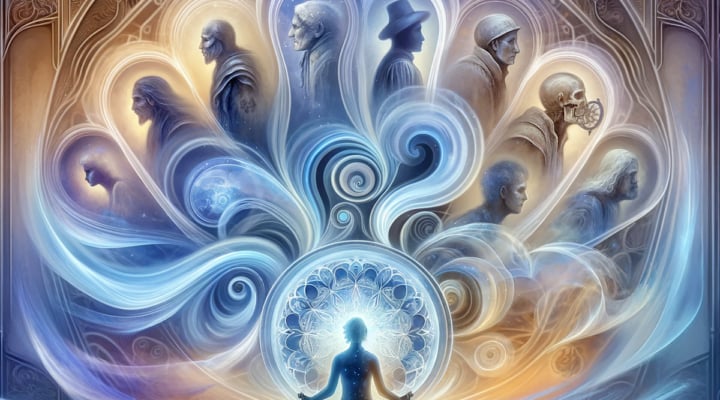Welcome to Divine Alchemy
Transforming Lives, Nurturing Souls
Discover the heart and soul of Divine Alchemy where the journey of healing and transformation begins. Learn about our founders, our holistic approach, and the sacred space we’ve created to guide you on your path.
Our Services
Diving Deep into Transformation

Psychotherapy
Explore Psychotherapy (Counselling) with Christina Clapperton, MEd, MSW, RSW, where the complexities of your inner world are met with compassion and expertise.

EMDR
Experience healing through Eye Movement Desensitization and Reprocessing Therapy (EMDR), a transformative approach to trauma resolution.

Indigenous Counselling
Discover culturally sensitive and holistic therapeutic methods designed to address the distinctive needs and backgrounds of Indigenous individuals.

Spiritual Counselling
Journey with us into the realm of spiritual counselling, a space to deepen your connection with self and spirit, guided by experienced practitioners.

Psychedelic Integration Therapy
Heighten self-awareness and release traumatic material in a supportive container. Maximize neurogenesis with intentional integration.

QHHT
Explore past lives with Quantum Healing Hypnosis Technique (QHHT) to shift unconscious behaviours and connect with your higher self for profound healing.

Spiritual Healing
Elevate Your Spirit with Spiritual Healing: Discover the power of soul retrievals, karmic and soul group healing, entity removal, and energy healing.
Contact Us
Reach out to us at Divine Alchemy for inquiries, appointments, or any questions you may have. We’re here to guide you.
